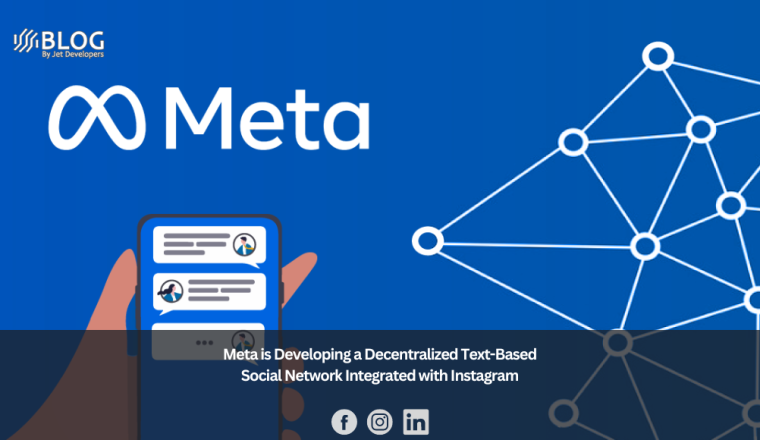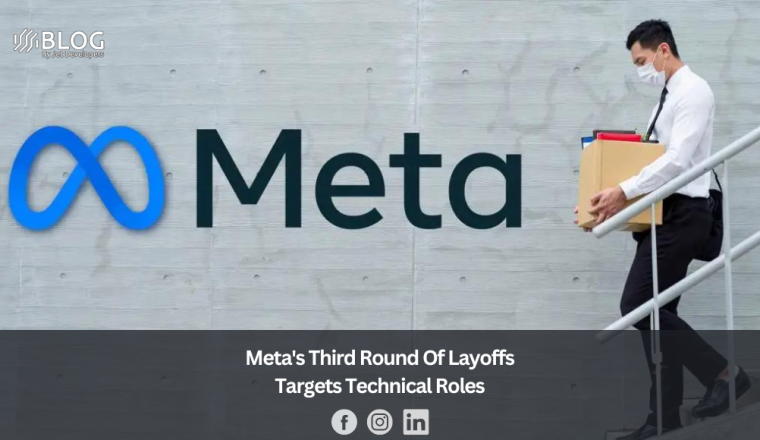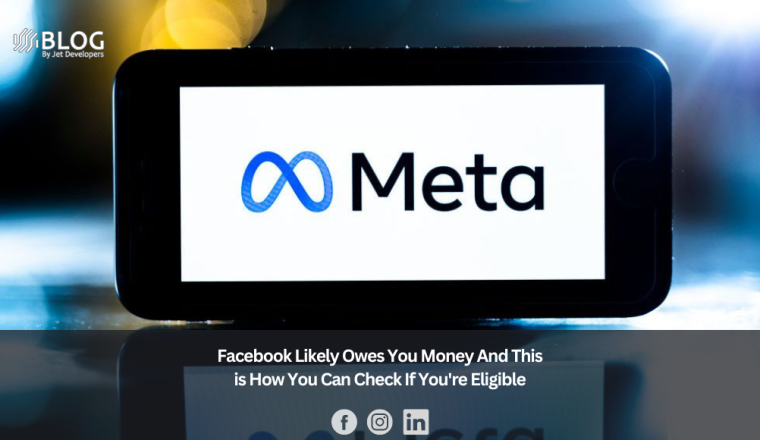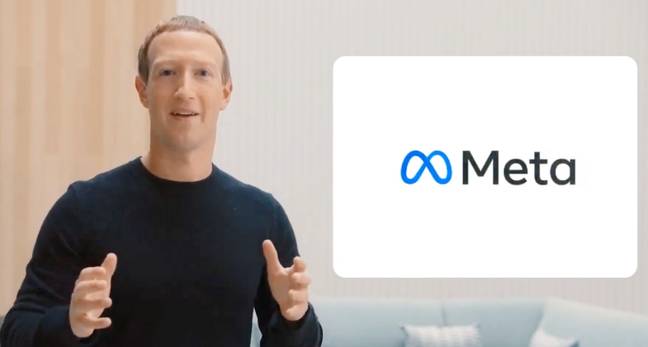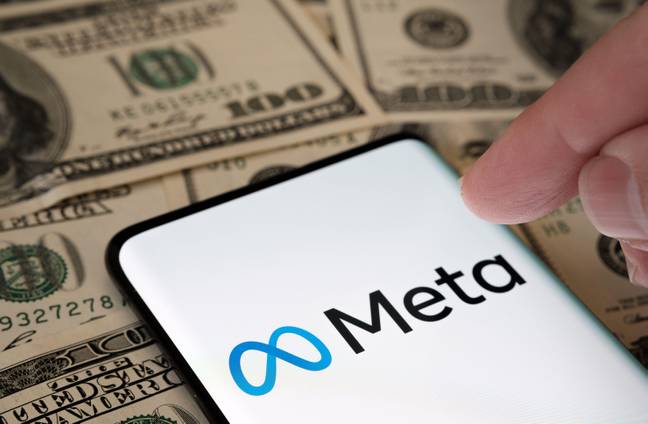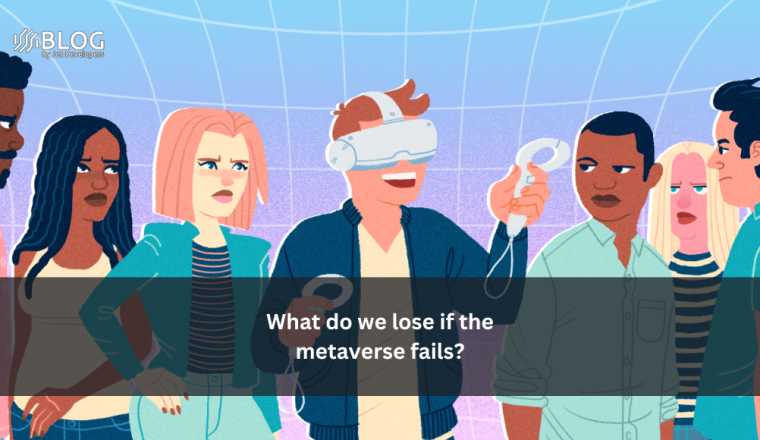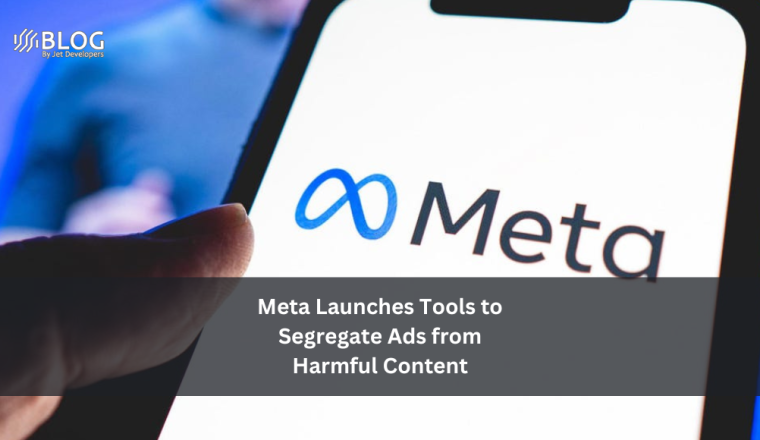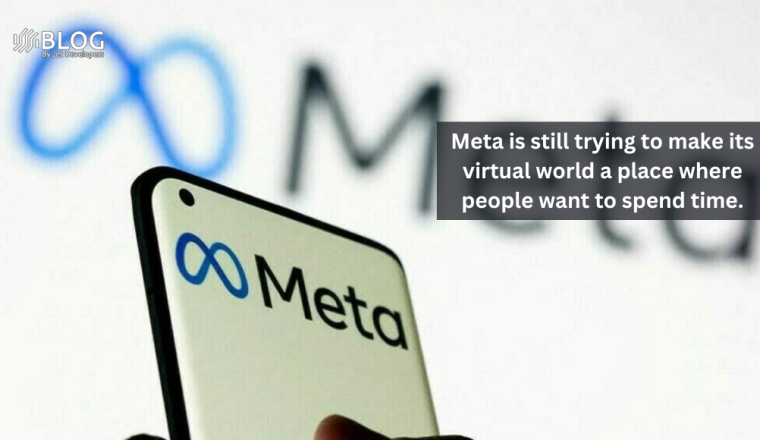Big Tech Boosts AI, Cuts Jobs
The US tech giants like Alphabet, Microsoft, Amazon, and Meta are increasing their large language model (LLM) investments as a show of their dedication to utilizing the power of artificial intelligence (AI) while cutting costs and jobs.
Since the launch of OpenAI’s ChatGPT chatbot in late 2022, these businesses have put their artificial intelligence AI models on steroids to compete in the market, CNBC reported on Friday.
All the recently released quarterly reports by these tech behemoths show their efforts to increase AI productivity in the face of growing economic worries.
A significant amount of data and processing power are needed for generative AI programs to replicate human-like outputs like text, code excerpts, and computer-generated graphics.
Tech titans and AI investments
During their respective earnings calls, the CEOs of Alphabet, Microsoft, Amazon, and Meta all discussed their plans and monetary investments for developing and deploying AI applications.
Sundar Pichai, CEO of Alphabet, acknowledged the demand to produce AI products and underlined the incorporation of generative AI developments to improve search skills.
Beyond search, Google uses AI to improve ad conversion rates and fend off “toxic text.” Pichai noted ties with Nvidia for strong processors as well as cooperation between the two main AI teams, Brain and DeepMind.
Microsoft’s Teams teleconferencing system, Office program, and Bing search engine all use OpenAI’s GPT technology.
Invoking Bing’s doubled downloads following the integration of a chatbot, CEO Satya Nadella emphasized that AI will drive revenue growth and increase app penetration. Microsoft’s expenditure on sizable data centers for AI applications will demand a sizeable sum of money.
Andy Jassy, the CEO of Amazon, showed interest in generative AI, highlighting the recent developments that provide game-changing possibilities.
Amazon plans to use its resources as one of the few businesses capable of making the necessary infrastructure investments in developing its own LLMs and creating data center chips for machine learning, despite the fact that it primarily sells access to AI technology.
Jassy noted Amazon Web Services’ aspirations to create tools for developers and enhance user experiences, including Alexa.
Along with Meta’s emphasis on the metaverse, CEO Mark Zuckerberg emphasized the value of AI. Zuckerberg emphasized the company’s shift toward generative foundation models and its use of machine learning for suggestions.
The AI initiatives from Meta will have an impact on a variety of products, including conversation features in Facebook Messenger and WhatsApp, as well as tools for creating images for Facebook and Instagram.
In addition, Zuckerberg discussed the company’s expenditures in enlarging data centers for AI infrastructure as well as the possibilities of AI agents, such as the automation of customer service.
AI booms as tech job cuts gloom
All the major tech companies like Alphabet, Microsoft, Amazon, and Meta are making significant investments in massive language models and artificial intelligence to improve their products and user experiences.
According to the CNBC report, these tech behemoths are investing enormous resources to be on the cutting edge of this quickly developing industry because they see the revolutionary potential of AI.
While AI generated positive media coverage, the loss of tech jobs also caused heartbreak.
According to a Crunchbase News count, 136,569 employees at IT companies with US headquarters or with a sizable US workforce have been let go in a wave of layoffs as of 2023. In 2022, public and private tech enterprises in the US cut more than 93,000 jobs.




